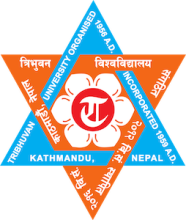Techno-economic analysis of cryogenic CO2 capture process in the context of Nepal and its applications
Abstract
This project analyzes the proposed models for capturing CO2 in the desired liquid phase which can be a major step in reducing the greenhouse effect caused by CO2 emissions. The discussed models in this report demonstrate high efficiency in capturing over 99% of CO2 from raw and flue gases produced in various industries. The analysis of cryogenic capture of CO2 from flue gas produced by the Sarbottam Cement Industry of Nepal is done. The cost of setting up the plant, however, is noted to be very high. Still, high efficiency is achieved for the cryogenic CO2 capture process, which shows its applicability in practical life if cost reduction methods are able to be applied. This research project also includes graphs and diagrams illustrating the composition of products, mass and energy balance at equipment and stream used, cost analysis, sensitivity analysis, and the variation of NPV (Net Present Value), and ROI (Return of Investment) with profit and time. The captured liquid CO2 can be utilized for different applications like the formation of methanol, methane, and urea, and the cryogenic process can be used in processes like enhanced oil recovery and the Rectisol Wash Process for removing the H2S and CO2 from sour syngas. The results highlight the effectiveness of the proposed system in capturing CO2 and the potential for generating very high income through the production of methanol and urea and for reducing CO2 gas emissions and the problem of climate change.
